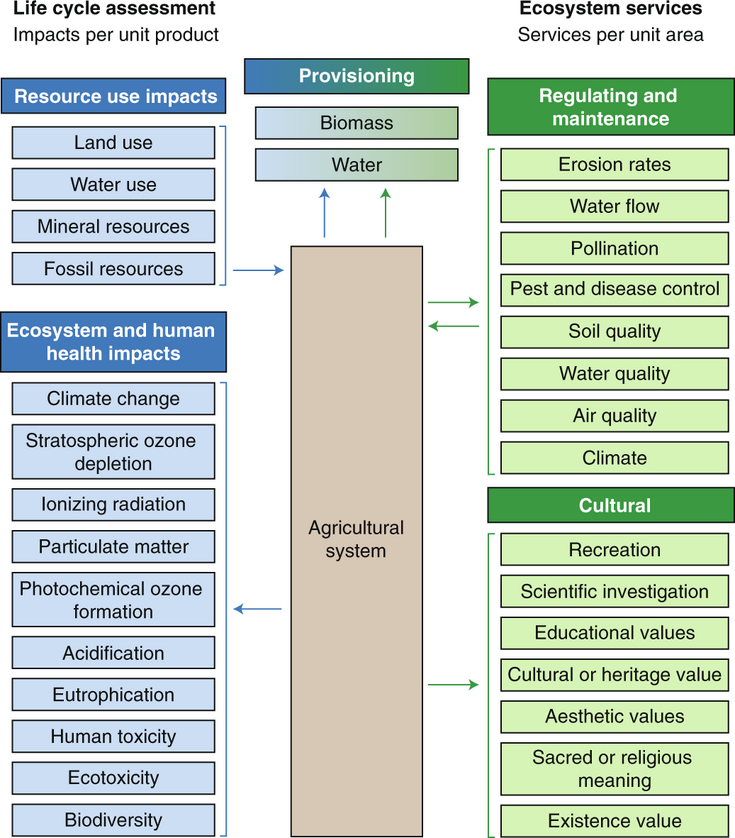Towards a more comprehensive Sustainability Assessment of livestock agriculture: The example of alpine dairy production
SUPERVISOR: Werner ZOLLITSCH
PROJECT ASSIGNED TO: Martin SEIRINGER-GAUBINGER
Dairy production faces increasing criticism due to several negative impacts on the environment. Greenhouse gas emissions are a central point of this criticism, but other important effects such as biodiversity loss and eutrophication are also associated with livestock production. However, dairy production delivers high quality food through transformation of human-inedible resources, represents an important economic and cultural part of society in rural regions of Austria and is shaping wide areas of the landscape. Moreover, agricultural activities are associated with multiple benefits to society, that are not valued in monetary terms. They are often addressed as “Ecosystem Services” (ESS) and include aspects such as landscape esthetics, cultural appreciation, water filtration, habitat provision, prevention of natural hazards and climate regulation.
Apart from that, farmers are facing multiple challenges such as climate change, increasing societal demands regarding animal welfare and economic pressures.
Dairy production systems in Austria show a strong variation, depending on environmental conditions and the milk production standards chosen by the farmers. In my PhD research, I would like to find answers to the following questions:
- Which environmental impacts and ESS are associated with the production of different varieties of milk?
- What are influencing factors on environmental impacts, ESS, economic performance indicators and life satisfaction of farmers?
- How are indicators of environmental impacts and ESS, and the associated influencing factors interrelated?
For an integrated assessment of both environmental impacts and contributions to societal wellbeing in this doctorate project, the analyses include Life Cycle Assessment (LCA) and ESS assessment. Furthermore, economic performance and satisfaction with life and work on farms will be evaluated. To that end, an online survey of a stratified sample of 90 farms is performed.
The LCA is based on the ecoinvent database and, drawing on the survey results, the life cycle inventory will be modelled including enteric fermentation, emissions from manure management, and soil emissions. Employing GIS data and analysis methods is made possible by the use of national consensus data. By combining this information with maps for soil and weather data, spatially specific assessments are conducted.
The LCA will be calculated for every farm and the functional units for the analyses will be both one kg of energy corrected milk and one hectare of utilized agricultural area. The following impact categories will be addressed by the LCA:
- global warming potential
- freshwater eutrophication
- terrestrial acidification
- biodiversity loss
- cumulative fossil energy demand
- mineral resource depletion
- ecotoxicity
For ESS assessment, we calculate indicators for the following services:
- provisioning of food: amount of milk and meat produced
- water filtration and groundwater regeneration
- erosion prevention
- support of biodiversity
- landscape esthetics
- climate regulation (carbon storage, evapotranspiration)

Figure: Overview of Environmental Impacts and Ecosystem Services associated with agricultural production, Source: van der Werf et al. (2020)
This study is the first to simultaneously assess both environmental impacts and ecosystem services on the farm level for Austrian dairy production. Moreover, by including economic indicators and well-being, the project aims to find out how multiple dimensions of sustainability are dependent on each other. Thus, we increase the understanding of how and to what extent farmers’ decisions and environmental conditions are influencing environmental, social and economic sustainability of dairy farms.
